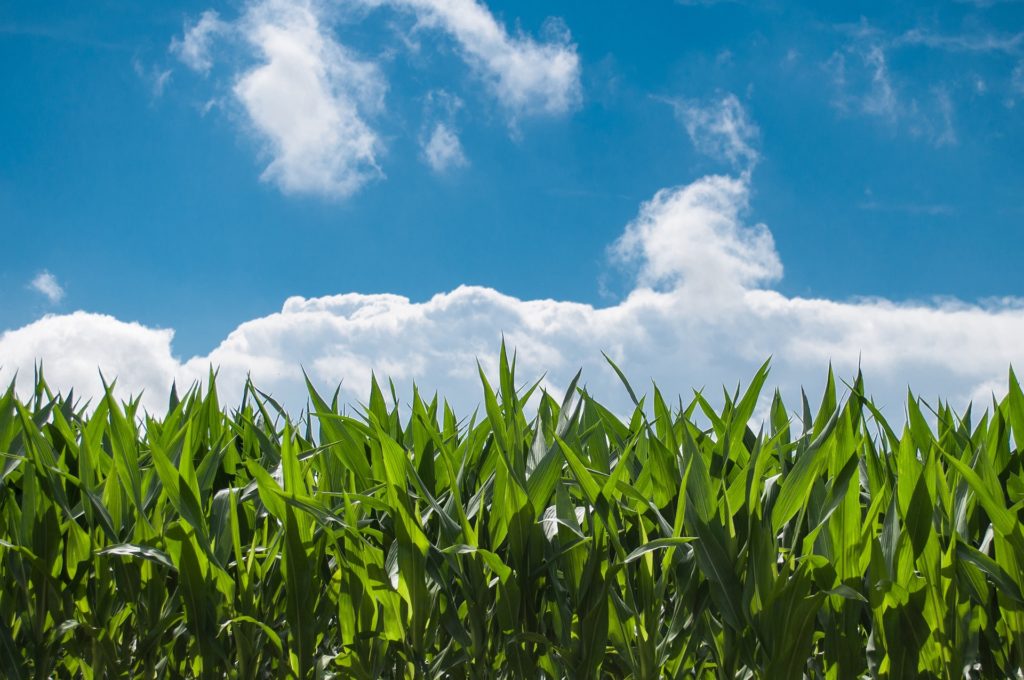What Is Corn Sweat?

Nature is full of fascinating phenomena, and one of the most intriguing and lesser-known occurrences is “corn sweat.” Despite its quirky name, corn sweat plays a crucial role in shaping the environment and influencing weather patterns.
Unraveling the Mystery of Corn Sweat
Corn sweat, scientifically known as transpiration, is a natural process through which plants, including corn (maize), release water vapor into the atmosphere. Just like humans perspire to regulate body temperature, plants “sweat” to cool themselves down and maintain their internal moisture balance.
The process of corn sweat occurs primarily through tiny pores on the leaves called stomata. These stomata open during the daytime to allow carbon dioxide uptake for photosynthesis. Simultaneously, water vapor exits the plant, diffusing into the atmosphere. When stomata close during the night, transpiration reduces significantly.
Why is Corn Sweat Significant in Agriculture?
The agricultural industry relies heavily on corn as a staple crop, making it one of the most cultivated plants worldwide. Understanding corn sweat is crucial for optimizing agricultural practices, irrigation management, and predicting crop yields.
- Water Consumption: Corn plants can transpire several hundred liters of water per day, contributing significantly to the water cycle. This information helps farmers determine the right amount of water to provide through irrigation or to conserve during periods of water scarcity.
- Crop Health: Monitoring the transpiration rate can offer insights into the overall health and stress levels of the corn crop. For instance, drought or heat-stressed corn may exhibit reduced transpiration rates, indicating the need for immediate attention and care.
- Environmental Impact: Corn sweat also affects local humidity levels. The release of water vapor into the atmosphere increases moisture content, which can influence cloud formation and precipitation in nearby regions.
Corn Sweat and Weather Patterns
Corn sweat doesn’t just impact individual crops; it can also influence weather patterns on a larger scale, leading to what is popularly known as the “Corn Sweat Effect.” In regions with extensive corn cultivation, such as the Midwestern United States, this effect becomes more pronounced during the peak growing season, typically from June to August.
- Heat Dome Formation: Corn sweat contributes to the creation of heat domes, wherein the warm, moist air rises from the cornfields, creating a high-pressure system in the atmosphere. These heat domes can exacerbate heatwaves and lead to prolonged periods of scorching temperatures.
- Precipitation Changes: The increased moisture from corn sweat can affect local precipitation patterns. It may lead to localized afternoon showers, as the moisture released by the corn plants contributes to the formation of cumulonimbus clouds and subsequent rainfall.
- Influence on Storms: Some studies suggest that corn sweat can impact the intensity and trajectory of thunderstorms and severe weather events. The additional moisture released into the atmosphere can potentially fuel storms and alter their path.
Corn sweat might sound like a humorous concept, but its significance cannot be overlooked. As a vital aspect of transpiration, corn sweat plays a crucial role in maintaining the health of corn crops and the broader environment. Moreover, it influences weather patterns, shaping local climate conditions in regions dominated by corn cultivation.